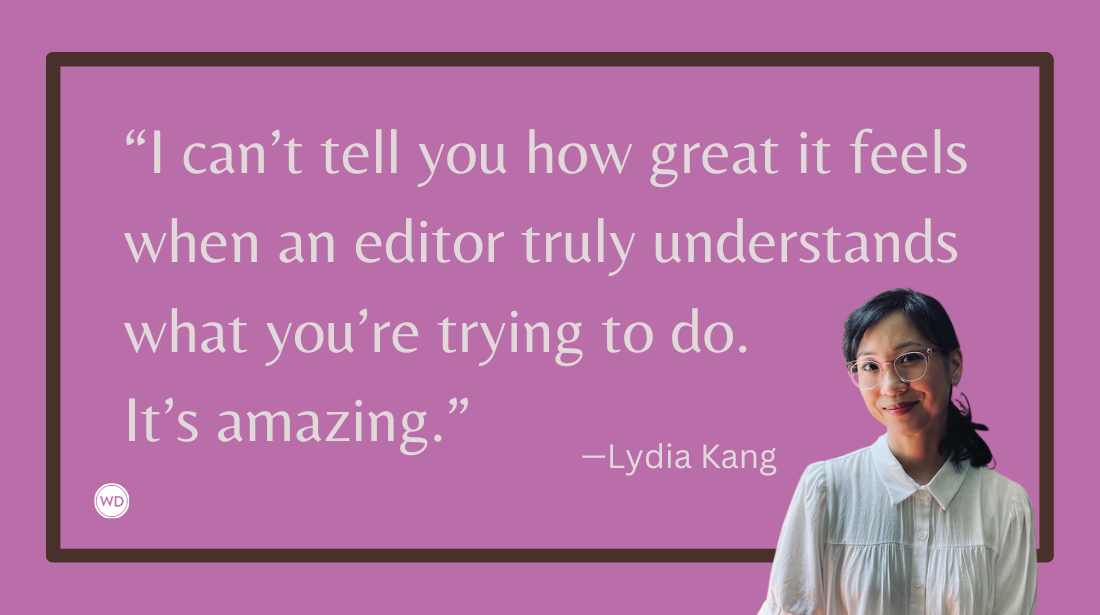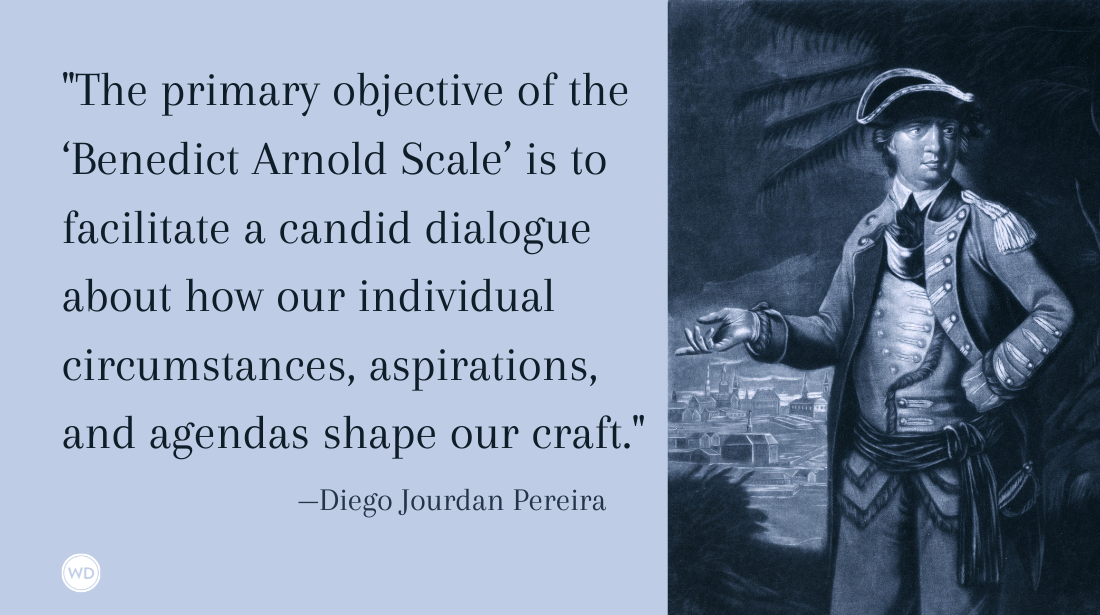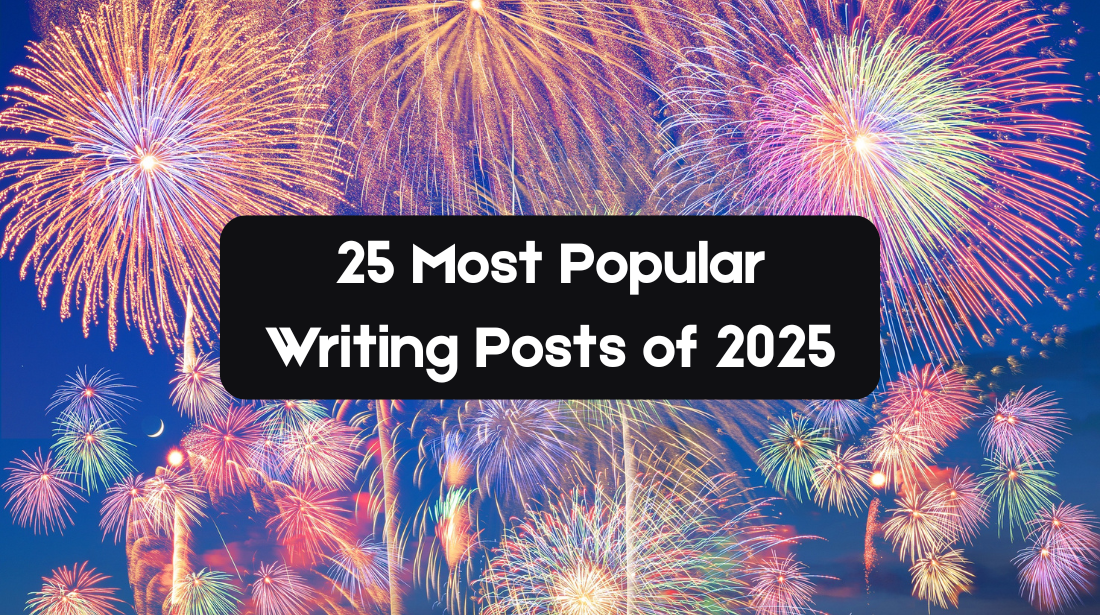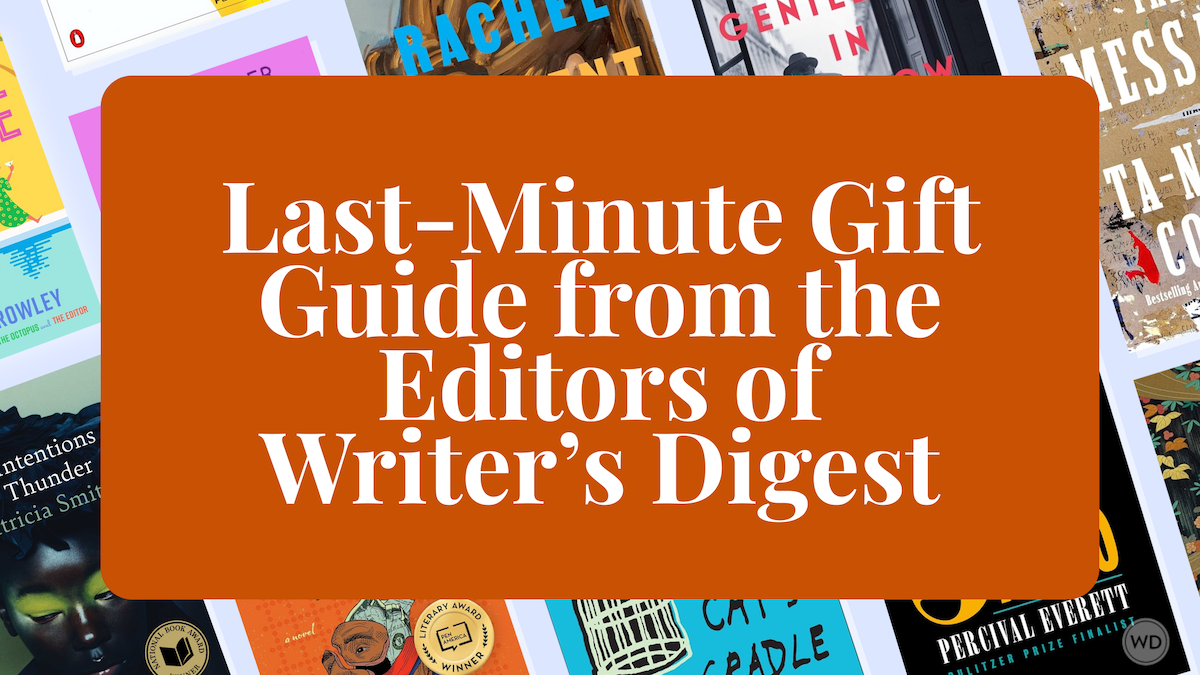How One Writer Developed an iPhone App
For writers looking for a new creativity tool & prompt generator, I highly recommend The Brainstormer, created by Andrew Bosley. The Brainstormer was recently released as an iPhone app, and…
For writers looking for a new creativity tool & prompt generator, I
highly recommend The
Brainstormer, created by Andrew Bosley.
The Brainstormer was
recently released as an iPhone app, and I was curious about how
Andrew worked with the app developer, Joel Davis, to launch it. Here's what they had to say.
So The Brainstormer started out as a physical wheel, which became an online tool (using Flash). Now it's an iPhone app. How/when/why did you & Andrew decide to make that leap? Who approached who?
Andrew: When I created the Flash version of the Brainstormer, I had no intentions of going beyond that. It was only after publishing it online, and feedback started coming in, that requests for an iPhone version were made. I liked the idea and starting talking to some programming friends at work. The developer of the Flash version didn't have the necessary experience with Apple and other developer friends were busy with their own projects. Finally Joel emailed me and offered his time and skills. And it went forward from there.
Joel: I found the app on Andrew’s blog and started using it for stories and ideas for snippets when I was doing my daily journaling. I commented that an iPhone version would be great, and I wasn’t the only one.
A few months later, I was beginning to dip my toe into iPhone development and I thought the Brainstormer would be a great “quick” starter project. I e-mailed Andrew and asked if he was interested in working on an iPhone version, and he was very enthusiastic about the idea, even willing to redesign all the graphics and artwork to fit the device and the touch screen.
Tell us about the process of creating an iPhone app—how much time was involved, how did you and Andrew interact, were there any costs? What's the business agreement between you & Andrew, if you're open to sharing that information?
Andrew: Creating the art for the iPhone Brainstormer was not a difficult process, since we were going to follow the basic style of the Flash version. And many of the art assets could be used to create the app. The only thing that took time was figuring out a layout that would fit the iPhone best. I thought the layout needed to change from the Flash version's "wheel" format to a "slot" version, but Joel thought it should stay the same. Joel was persistent and I continued to tweak the "wheel" version until it worked out. Now it's my favorite of the two.
The interaction between the two of us has been very easy. We made all business arrangements and discussed the progression of the app all through e-mail. In fact, we still have never spoken via phone or met in person. As far as financial arrangements, we decided to split the revenues equally. We worked together to write up a contract, spelling out the details, but that's about it.
Joel: It turned out to be not as quick of a project as I was hoping. The level of polish and attention to detail required on the iPhone is much higher than desktop platforms, even for a very specific app like this. It went through a few redesigns. But the main factor was that I only had a few hours a week to work on this, I also have a full-time job doing visual effects software, and was working on a screenplay. Not to mention having a two-year old. It took about eight months total, and I was definitely the bottleneck, Andrew did all the art and design, and he always turned it around quickly.
The only cost was the sign-up fee for Apple’s developer program, which I had already paid. We’re evenly splitting what’s left after Apple takes their cut.
So far, our interaction has been entirely through e-mail. Which is pretty surprising, but it’s worked for us. I’m not a recluse or anything, I think it was just a by-product of our schedules.
How are you marketing the app?
Andrew: Both Joel and myself have different spheres of interest and influence. He's been trying to market more to writers, while I have tried to reach the artists. Many blogs and forums were very interested in the Flash Brainstormer when it first came out. We are hoping that those same groups will find greater value in the enhanced iPhone version. Joel has also been using some of his resources to send out press releases. Soon there will be a Facebook fan page up and running where Brainstormer users can post their literary and artistic work and participate in regular creative challenges. Hopefully that sense of community will grow and more people will get involved.
Joel: I posted about it on a few writing community sites that I frequent like moviepoet.com and donedealpro.com. So far, the best exposure has been through bloggers.
For Andrew: What's the biggest thing you've learned from this process?
Well, I love creating tools for others to use. I loved making this tool better. I don't know if I learned anything specific, other than realizing how exciting this platform is to use. I was not an iPhone user until just before the app came out. Now, I can't put it down.
For Andrew: What's next for you? Or what do you hope to gain from this app, if anything?
I'm a bit overwhelmed at the moment. I have a busy professional schedule in illustration. But in my free time, I can't stop thinking about the next app. We're almost certainly going to be creating a hi-res version of the iPhone app for iPad. But I'm also thinking about a complete upgrade for the Brainstormer. Something much bigger. We'll see!
For Joel: If writers want to approach you with ideas for app development, what do they need to know upfront?
Well, there are plenty of people that do freelance app development as consultants, for example instinctivecode.com. If you’re trying to do something with commercial potential and you aren’t a programmer yourself, finding someone like that is the way to go.
For me, most of the reason that I make tools like the Brainstormer is so I can use them myself, it’s stuff I want as part of my creative process. For example, Write Attack is another little tool I built to help motivate myself to write, and I released it for free. Some people think it’s a crazy app, but it works for me.
There was a week or two where I had got the iPhone Brainstormer to where it was basically usable but still had a lot of bugs and missing stuff, and I wasn’t very motivated to work on it because it was working for me. At that point I could use my iPhone to generate ideas.
But when I showed it to friends, they wanted a copy and bugged me to keep going with it so they could use it, and that kept me going.
If people have ideas for writing apps, I’d love to hear them but I’ve got a huge list of my own projects so it’s not that likely that I’d want to co-develop something, at least not presently. I’m working on some games currently, and my next writing related project is to take a half finished app I started a while back for doing screenplay structure—a way to really see a story visually from ten thousand feet up, on a single page—and get it working on the iPad.
Anything else to share?
Joel: If you try the app, try the Twitter feature. It’s fun to see what other people are coming up with using it. A fun exercise is trying to write 140 character stories in Twitter. For example, here's a story using the combination Enigma/Jurassic/Bus:
"As a paleontologist, I've seen everything. Fossil teeth, turds, feathers pressed in coal. But today? A pliocene carburetor!?"
Tools like the Brainstormer are great because they’re fun ways to generate ideas, but really, ideas are everywhere and the hard part is to actually sit down and get them to sit still on paper. For me, it’s that creative process that’s the rewarding p
art, both in writing and making software. I love find ways to tune and adjust my creative process, whether that’s bits of technology or tweaks to my daily routine.
Jane Friedman is a full-time entrepreneur (since 2014) and has 20 years of experience in the publishing industry. She is the co-founder of The Hot Sheet, the essential publishing industry newsletter for authors, and is the former publisher of Writer’s Digest. In addition to being a columnist with Publishers Weekly and a professor with The Great Courses, Jane maintains an award-winning blog for writers at JaneFriedman.com. Jane’s newest book is The Business of Being a Writer (University of Chicago Press, 2018).









